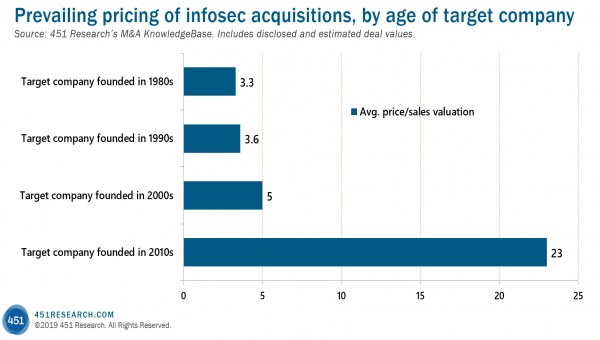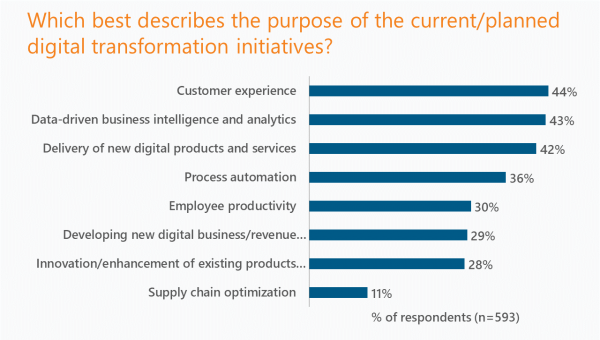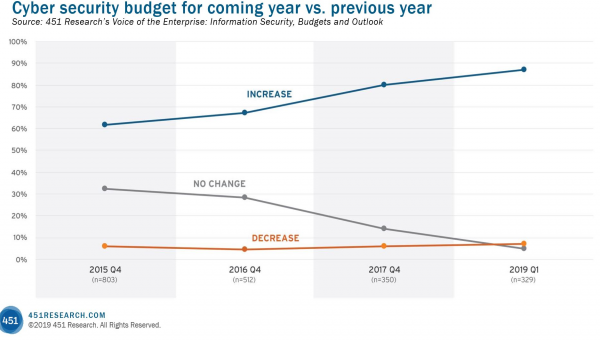by Scott Denne
As we noted in 451 Research‘s Tech M&A Outlook 2020, the emergence of a new set of buyers propped up the tech M&A market last year, and that’s continued to be the case this year. The trend is particularly pronounced in the storage market, where the traditional acquirers have hit the brakes on M&A as storage shifts to the cloud.
NVIDIA became the latest company to join the ranks of newly minted storage acquirers with its purchase of SwiftStack. As detailed in our report on that transaction, NVIDIA likely doesn’t have its eye on the enterprise storage market. Instead, it’s buying technology to enable its GPUs to perform machine-learning tasks without bottlenecks. Similarly, Amazon and StorCentric have also emerged as new buyers of storage targets in the last 18 months – both acquired startups that were founded to spark a second wave of flash storage systems, a movement that hasn’t really taken off (a development we analyzed here).
Meanwhile, the most active storage acquirers have halted deal making. EMC, for example, hasn’t printed a new storage acquisition since its 2015 sale to Dell – and Dell itself, once a frequent buyer of storage tech, hasn’t done a deal in the space since the EMC acquisition. Western Digital bought Kazan Networks in a $22m deal this fall. But prior to that, none of the previous decade’s 10 most frequent storage acquirers had nabbed a company in the space since 2017. And that’s weighed on exits. According to 451 Research‘s M&A KnowledgeBase, 2018 and 2019 saw, respectively, the fewest and second fewest acquisitions of storage companies of any year since 2002. And this year is pacing to finish below the 20 deals we recorded in 2018.
The drooping totals come as companies move more data into cloud services and away from investing in the kind of large-scale storage systems that the most prolific acquirers in this market have offered. According to 451 Research‘s Voice of the Enterprise: Digital Pulse, 27% of respondents said their organization will decrease its budget for storage infrastructure, nearly double the number (16%) that anticipate rising storage budgets in 2020. As customers decrease spending on storage systems, acquirers for companies selling storage could become harder to find, just as the urgency to exit grows.









